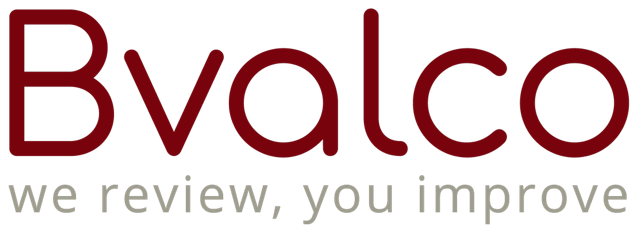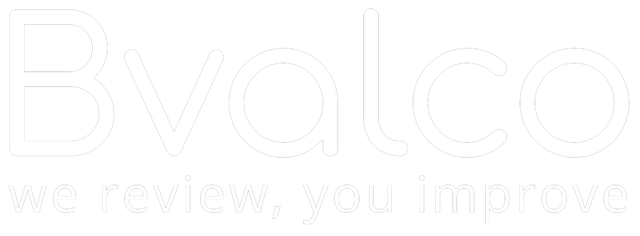James Bagge is the executive chairman and co-founder of Bvalco, a board evaluation consultancy focused on helping boards become fit for the future.
Every time I see a photograph of the Cabinet populating a board table which stretches the length of Downing Street and I contrast it with photographs of Mr Putin taking sole occupancy of a table of a similar size, I think to myself that there must be a ‘happy medium’ to the size of an effective board.
It is generally agreed so far as board size is concerned that quality rather than quantity is the right approach. A board of eight or, even fewer, if the size of the business allows, focuses more on individual responsibility, encourages the optimum contribution by all and is easier to manage. Large boards tend to suffer from the phenomenon of passive free riding, dislocation and groupthink reducing the ability effectively to monitor senior management and govern the business. Too large a group and there is a tendency for subgroups to emerge undermining the cohesiveness of the group. Passive free riding manifests itself in an apprehension expressing itself through individual silence and an unwillingness to talk about an issue in a group context. We advise that you need to be able to look round the table and comfortably look everyone in the eye.
Boards tend to grow in number either in order to populate committees and spread the workload, and/or, where the business is diverse or global, to accommodate breadth of expertise and regional representation. It is also not necessarily the actual numbers of directors on the board itself which can stultify a discussion but rather the numbers attending a meeting.
So how to keep the numbers to a minimum?
- Remember it is always easier to keep the numbers down than to reduce the numbers.
- Remember it is always easier to keep the numbers down than to reduce the numbers.
- Be more robust on re-assessments. If a director is expendable, remove and don’t replace.
- Think carefully how many executives are needed on the board itself.
- Be more disciplined about numbers attending the meeting. Keep the numbers in the room down to the bare minimum to encourage better quality and honest debate.
- Where more expertise is required, particularly on committees, appoint ‘advisers’ rather than add to board numbers.
Share this article on LinkedIn!




